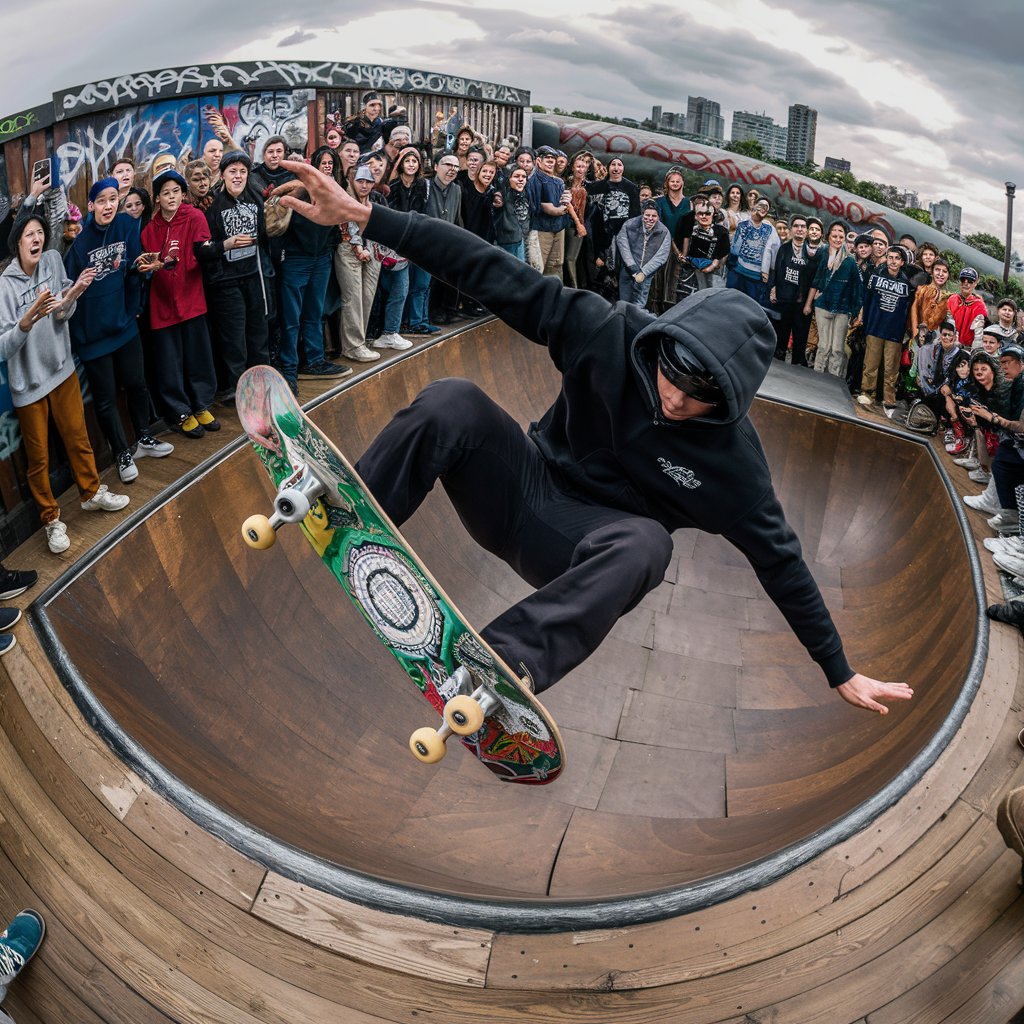In a world that oscillates between relentless hustle and exhausted burnout, a forgotten philosophy is re-emerging—Bảce (pronounced bah-che), derived from the Vietnamese concept of “bảo vệ” (to protect) and “cân bằng” (balance). This ancient yet urgently relevant practice teaches us how to cultivate strength without rigidity, flexibility without fragility, and endurance without exhaustion. Unlike Western binary approaches that often force us to choose between pushing forward or collapsing, Bảce offers a third way: the art of bending so you never break, of standing firm while remaining adaptable. Rooted in Eastern martial arts, agricultural wisdom, and communal living traditions, Bảce is being rediscovered by executives, athletes, and mental health advocates as the antidote to 21st-century overwhelm. This article explores the pillars of Bảce philosophy, its scientific validation, and practical ways to integrate this timeless resilience into modern work, relationships, and self-care.
1. The Roots of Bảce: Wisdom from Rice Fields and Dojos
The principles of Bảce were honed over centuries in Vietnamese rice paddies—where farmers balanced relentless labor with lunar-cycle rest—and in martial arts like Vovinam, where practitioners master both explosive strikes and yielding rolls. Traditional Vietnamese homes embodied this duality: sturdy bamboo frames that swayed during typhoons rather than resisting the wind, just as communities practiced “bầu ơi thương lấy bí cùng” (mutual support between gourds and squash vines). Modern science now confirms these ancient intuitions: MIT researchers studying “tensegrity” structures find that systems combining tension (muscles) with compression (bones) achieve remarkable resilience, while psychologists validate that people alternating between challenge and recovery outperform those in constant grind mode. From the flexible strength of dragon bamboo to the shock-absorbing architecture of Hanoi’s ancient houses, Bảce reveals that true endurance comes not from unmoving stubbornness, but from intelligent adaptation.
2. The Five Threads of Bảce: Weaving Resilience into Daily Life
Bảce philosophy intertwines five essential practices: rooted flexibility, rhythmic exertion, compassionate boundaries, nourishing minimalism, and communal elasticity. Rooted flexibility means cultivating core values that remain steady (like a banyan tree’s trunk) while allowing methods to adapt (like its aerial roots). Rhythmic exertion follows the body’s ultradian cycles—working in 90-minute bursts followed by restorative pauses, much like farmers alternating between transplanting seedlings and sipping trà đá (iced tea). Compassionate boundaries mirror the Vietnamese “mái ấm” (home’s roof) that shelters without suffocating, saying “yes” to connection but “no” to exploitation. Nourishing minimalism appears in the art of “đủ” (enough)—whether in phở broth’s balanced simplicity or the intentional scarcity that makes Tết celebrations precious. Finally, communal elasticity reflects the “luỹ tre làng” (village bamboo hedges)—strong individual stalks that gain storm resistance through interconnectedness. Together, these threads create a fabric of resilience that neither frays under pressure nor constricts growth.
3. Bảce in Motion: From Corporate Boards to Parenting
Contemporary applications of Bảce are proving transformative across domains. In Silicon Valley, tech leaders are replacing “crunch time” with Bảce-inspired “sprint-and-rest” development cycles, boosting productivity while reducing attrition. Elite athletes like Olympic weightlifter Hoàng Tấn Tài attribute medal-winning comebacks to Bảce principles—training at 80% capacity to preserve joint elasticity. In education, Hanoi’s “school under the trees” movement balances rigorous academics with mindfulness breaks, yielding higher test scores than cram schools. Even pandemic parenting found solace in Bảce: families creating “strong-but-soft” routines (structured learning mornings + unstructured afternoon exploration) reported lower stress levels. The common thread? Bảce practitioners achieve more sustainable success by rejecting the false choice between discipline and surrender, instead finding the dynamic equilibrium where growth and recovery become mutually reinforcing.
4. The Neuroscience of Bảce: Why This Balance Heals
Modern science illuminates why Bảce’s ancient balance works so profoundly. Research on allostatic load confirms that chronic stress without recovery literally wears out organs, while intermittent challenge strengthens them—explaining why Bảce practitioners experience fewer burnout symptoms. Brain scans reveal that rhythmic work-rest patterns (like the 25-minute Pomodoro technique rooted in Italian agrarian cycles) optimize norepinephrine release for focus without adrenaline crashes. Even the gut microbiome thrives on Bảce-like variety: studies show alternating between fermented foods (like Vietnamese mắm) and fasting periods cultivates more resilient digestion than constant eating. At the social level, anthropologists find communities practicing communal elasticity (shared child-rearing, crop rotation) weather crises better than hyper-individualistic societies. Bảce doesn’t simply help us survive—it realigns us with the biological and social rhythms that let humans thrive across millennia.
5. Cultivating Your Bảce Practice: A Starter Kit
Integrating Bảce begins with small but deliberate changes. Start with “root checking”: each morning, touch three core values (your roots) while leaving daily methods flexible (your branches). Adopt “monsoon scheduling”: alternate intense work “rain” (2-hour deep focus blocks) with restorative “dry spells” (30-minute walks or herbal tea rituals). Practice “bamboo boundary-setting”: visualize yourself as hollow bamboo—open to meaningful connections but with clear outer walls against toxicity. For nourishment, embrace “bowl wisdom”: compose meals like phở—80% nutrient-dense basics (bone broth, rice noodles) + 20% vibrant accents (herbs, lime). Finally, build “village nodes”: identify 3-5 people who offer different types of support (a mentor, a peer, a cheerleader), just as traditional villages had distinct but interconnected roles. Over time, these practices rewire your resilience from brittle to bamboo-like—able to sway violently without snapping.
Conclusion: The Unbreakable Rhythm
Bảce offers more than just balance—it teaches us to dance with life’s oscillations rather than fear them. In our era of climate chaos and digital overload, this ancient-modern fusion reminds us that resilience isn’t about building higher walls, but developing better reflexes. Like the Mekong Delta adapting to seasonal floods by both preparing and yielding, Bảce practitioners become antifragile—gaining strength from the very pressures that shatter others. As the Vietnamese proverb goes, “Cây cong không bao giờ gãy” (the bent tree never breaks). In learning to bend with wisdom, we discover an unshakable core that no storm can destroy.
